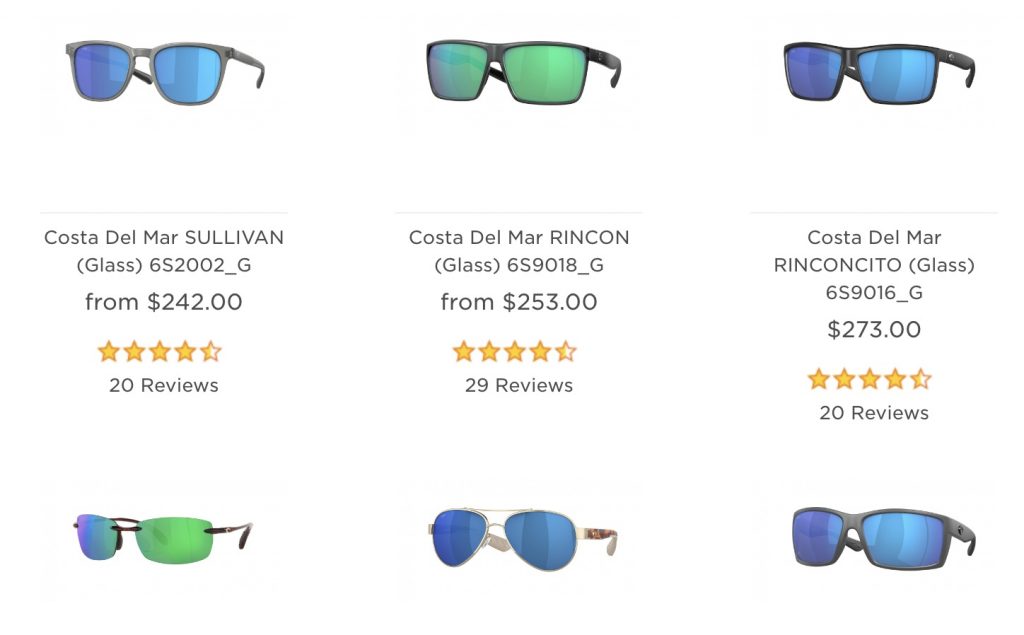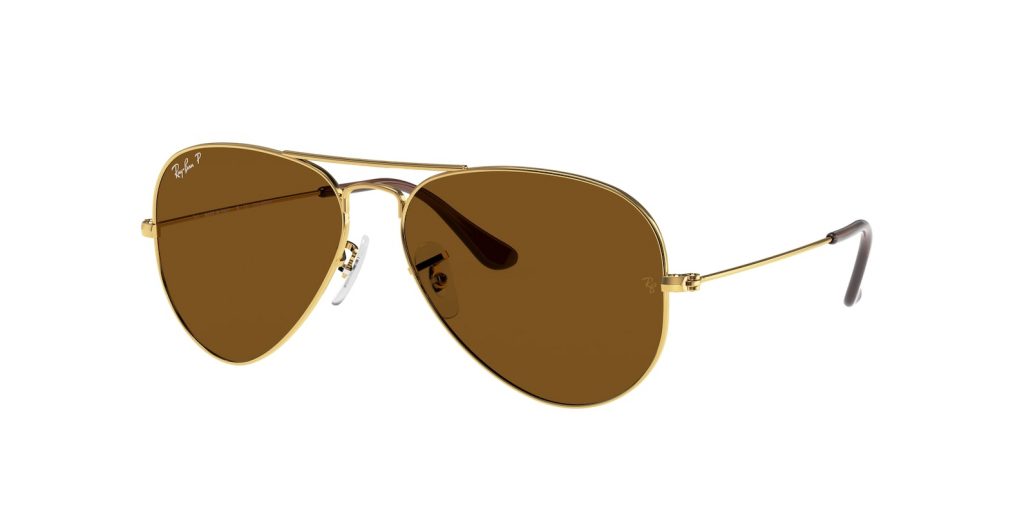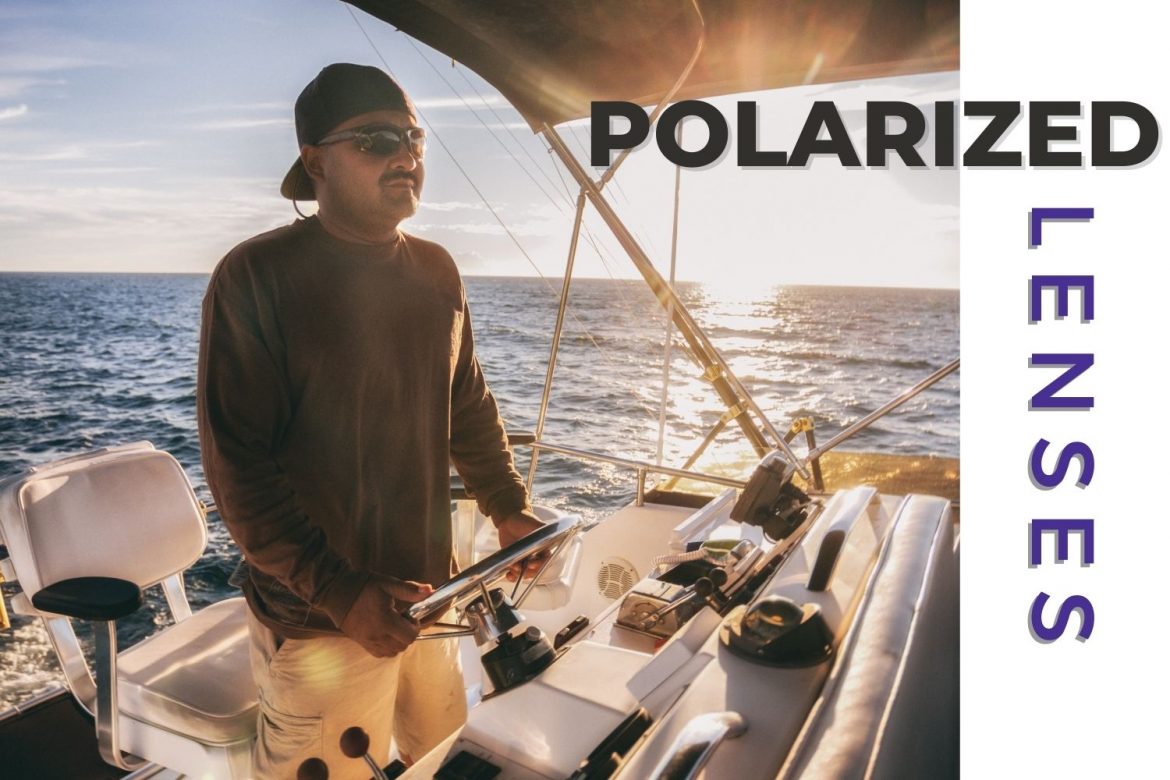692 total views , 1 views today
If you spend time outdoors you probably understand just how beneficial a high-quality pair of polarized sunglasses are.
But have you ever stopped to think about what polarized lenses are, how they actually work, or if they actually protect your eyes? Let’s take a look at polarized lenses to better understand how they work, their benefits and drawbacks, and whether or not they really provide an increased level of protection for your eyes.
What are polarized lenses?
According to the American Academy of Ophthalmology, polarized sunglass lenses reduce light glare and eye strain. Specifically, polarized lenses are designed using a special chemical coating used to filter light.
It’s important to point out that while many sunglasses claim to be polarized, not all sunglasses are polarized or have polarized lenses.
A brief history of the polarized lens
In order to fully understand how polarized lenses work, we have to take a minute for a brief science lesson to better understand exactly what glare is and how these lenses help.
Back in the early 1800s, a French scientist discovered that the sun emits light through waves of energy. As they move towards us, these light waves are literally vibrating and moving in all different directions.
In the 1930s, a scientist working for Polaroid determined these light waves might be able to be separated as a way to keep humans from experiencing glare. From there, scientists from NASA found that these vibrating energy waves, when reflected off a horizontal surface (like water, snow, or even the hood of a car) actually stop moving in various directions and align in a horizontal direction as one strong beam of light. This is called scattering. This beam of light is what causes the glare that we see when looking at lakes, snow, or other reflective items.
At the time of this discovery, the NASA scientists were actually studying eagles and trying to determine what gave these birds such clear and extraordinary vision. What they realized was that eagles have a naturally occurring oil in their eyes that adjusts as needed and acts as a polarizing filter, allowing them to see through glare and deep into water.
NASA took the eagle’s natural technology and created a polarized filter that we now are able to use in sunglasses to give people a similar way to see clearly during high-glare situations.
How polarized lenses work
A polarized lens is actually a special filter in the lens that blocks any light waves not traveling vertically. Light waves that cause glare reflected off a surface are considered to be polarized and are traveling horizontally. These horizontal waves of light cannot pass the filter because they are not moving in the right direction (vertically).
At the same time, polarized lenses also block other, non-polarized light that is not traveling vertically. By allowing only vertical light in, polarized lenses minimized and, in most cases, eliminated the glare from reflective surfaces.
Another way of thinking about how polarized lenses work is to picture horizontal beams of light as wide sticks. These wide sticks, when horizontal, cannot fit through a narrow door. However, if the sticks are turned vertically 90 degrees, they are able to fit through the door without an issue.

The benefits of polarized lenses
As you can see, polarized lenses provide several benefits, with the most important being the ability to reduce glare. Glare is distracting and can even be dangerous. Several studies have shown that traffic accidents, and specifically collisions at intersections, are more likely to happen during high-glare situations. Polarized lenses have been shown to greatly reduce this risk.
In addition to glare reduction, polarized lenses also help to improve clarity and prevent sun-induced eye fatigue that leaves your eyes feeling sore, tired, or hard to keep open.
Do polarized lenses protect your eyes?
Many people believe that polarized lenses protect your eyes by creating a barrier from the sun’s harmful UV rays, but that is not true. While polarized lenses reduce glare, enhance clear vision, and help to alleviate eye strain, they do not provide protection against the sun’s ultraviolet rays.
In addition to polarized lenses, and to ensure you are providing the highest level of protection for your eyes, make sure your sunglasses also offer 100% UV ray protection.
Drawbacks of polarized lenses
Polarized lenses are a great way to help you see better in high-glare situations. However, in addition to not providing UV protection for your eyes, polarized lenses have a few other drawbacks.
Perhaps the most frequently reported frustration with polarized lenses is that they actually make it harder to see in certain situations and most often when you are looking at some type of LCD screen, including:
- A cell phone
- Your car’s dashboard or instrument panel
- Computer screen
- ATM machines
Remember, polarized lenses only allow rays of light to pass through in a single direction. LCD screens, like those found in many electronic devices, are only designed to emit light in a single direction.
Using an electronic device while wearing polarized lenses actually causes the two to work against each other. Because of this, it’s common to see a screen that appears dark or blacked out. While this can be frustrating, it’s not harmful to you or to your vision.
How to tell if your lenses are polarized
Polarized lenses do not look any different from non-polarized lenses. In addition, some low-quality sunglasses are marketed as being polarized when they actually are not. Fortunately, there are a few different ways that you can tell a polarized lens from a non-polarized lens.
One way to tell a polarized lens from a non-polarized lens is to simply put the sunglasses on and look at the screen on your cell phone. If the lens is polarized, you’ll notice the screen looks dark or even blacked out.
When buying a pair of polarized sunglasses, look for a test sticker or test card. Many stores have these displayed near the polarized sunglasses. These test stickers and test cards display an image that can only be seen through polarized lenses. If you can’t see the image while wearing the sunglasses, the lenses are not polarized.
A third way to test for polarized lenses is to find a reflective surface, maybe a lake or the hood of a car, and look at it while wearing your sunglasses. Polarized lenses will not only help reduce the glare you see, but you’ll also notice the light begins to increase in intensity as you tilt your head to the side (because you are starting to allow horizontal light in through the polarized lens filter).

Ray-Ban RB3025 AVIATOR LARGE METAL
Are polarized lenses right for you?
If you spend a lot of time outside, you’ll want to invest in a high-quality pair of polarized sunglasses. Polarized lenses’ ability to reduce glare, minimize reflections, and improve the overall quality and clarity of your vision while outside make them a must-have outdoor essential.
Remember, polarized lenses do not protect against harmful UV rays, so when considering a pair of polarized sunglasses, it’s also important to make sure they also provide 100% UV protection.
Fortunately, there are now a wide variety of high-quality sunglasses that are polarized and provide all the UV protection you need.


